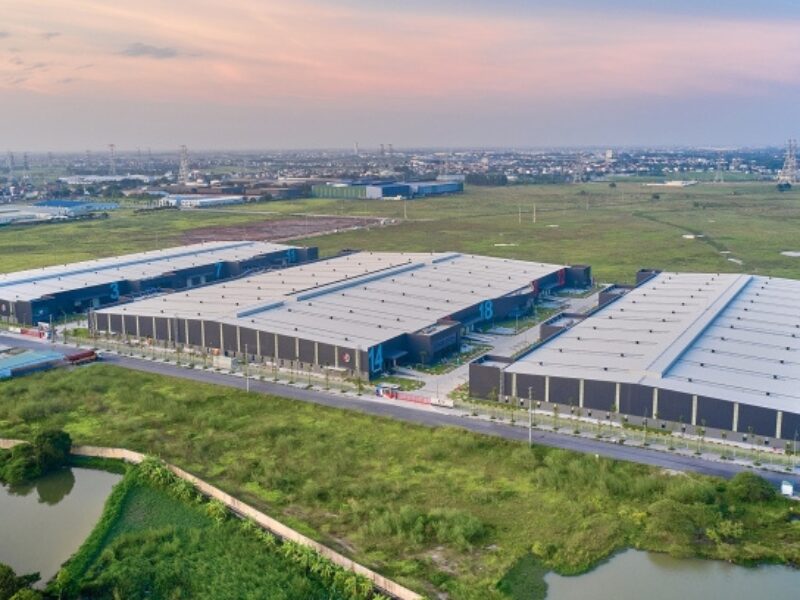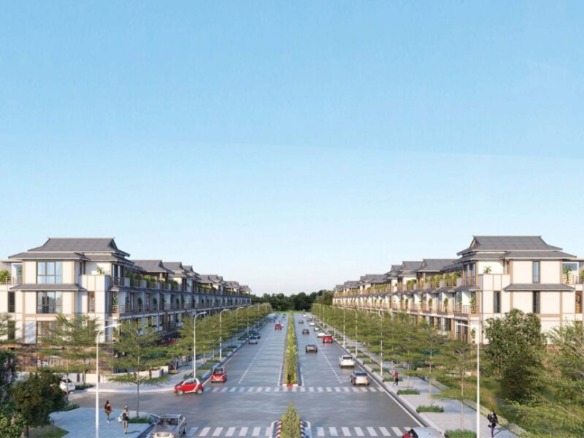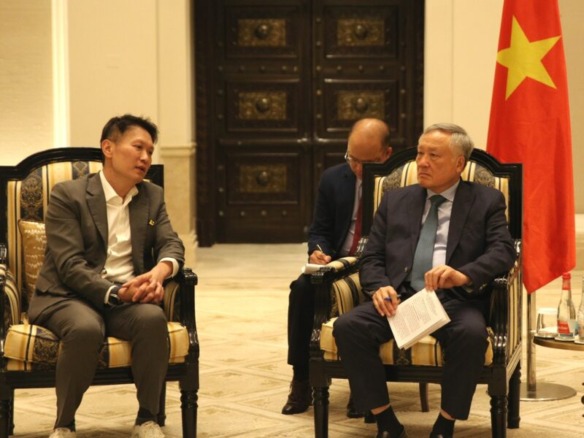Contents
Vietnam industrial real estate continues to captivate foreign investors. As global supply chains evolve, Vietnam emerges as a prime destination. This sector benefits from strategic advantages and policy reforms. In fact, recent data shows a 27% year-over-year increase in registered FDI, reaching $26.1 billion in the first eight months of 2025.
Moreover, industrial production has surged. The index rose by 8.9% in August compared to last year. Industries like motor vehicles and textiles lead this growth. Consequently, developers are expanding rapidly to meet demand.
Vietnam Industrial Real Estate: Key Investment Highlights
Foreign capital is flowing into major projects. For example, Avery Dennison Worldon Vietnam opened a new factory in Ho Chi Minh City. This $4.7 million facility spans nearly 4,000 square meters. It marks the company’s third site in Vietnam.
In Da Nang, high-tech firms from South Korea and China seek land for R&D centers. Recently, the city signed MOUs with investors like Amata Vietnam and GuogGuoguang Electric. These moves aim to boost manufacturing in free trade zones.
Additionally, Dutch firm CTP plans a €1 billion investment. It targets Hưng Yên and Gia Lai for eco-friendly industrial parks. Such initiatives highlight Vietnam’s appeal for sustainable development.
Growth Drivers in Vietnam Industrial Real Estate
Vietnam’s location bridges Asia and Europe via busy sea routes. The China+1 strategy further accelerates this shift. As a result, multinationals diversify supply chains here.
Infrastructure upgrades play a crucial role. Projects like the Tu Lien Bridge and high-speed railways enhance connectivity. Meanwhile, administrative reforms speed up approvals. For instance, Indochina Kajima built six factory complexes in just three years.
Expert analysis from Cushman & Wakefield underscores this momentum. Their reports note Vietnam’s rise as a hub for tech giants like Samsung and Intel.
- Strategic positioning: Serves global trade routes effectively.
- Policy support: Decentralized approvals cut project timelines.
- Sector diversity: Attracts electronics, textiles, and logistics firms.
These factors contribute to rising rental prices. In the north, averages hit $139 per square meter, up 4% yearly. Southern markets reach $179 per square meter.
Market Trends and Future Outlook
The presence of brands like Unilever and Nike fosters ecosystems. This creates jobs and spurs supporting industries. Furthermore, demand for green factories grows, aligning with ESG standards.
According to Savills, Vietnam’s GDP grew 6.8% in the first nine months of 2024. This economic strength supports industrial expansion. However, investors should monitor global shifts.
The U.S. Department of State highlights Vietnam’s FDI stock at $297 billion by end-2023. Projections suggest continued growth in 2025, driven by manufacturing.
In summary, Vietnam industrial real estate offers compelling opportunities. With robust FDI inflows and infrastructure gains, it positions investors for long-term success. Nonetheless, staying informed on regulations remains essential.





Join The Discussion